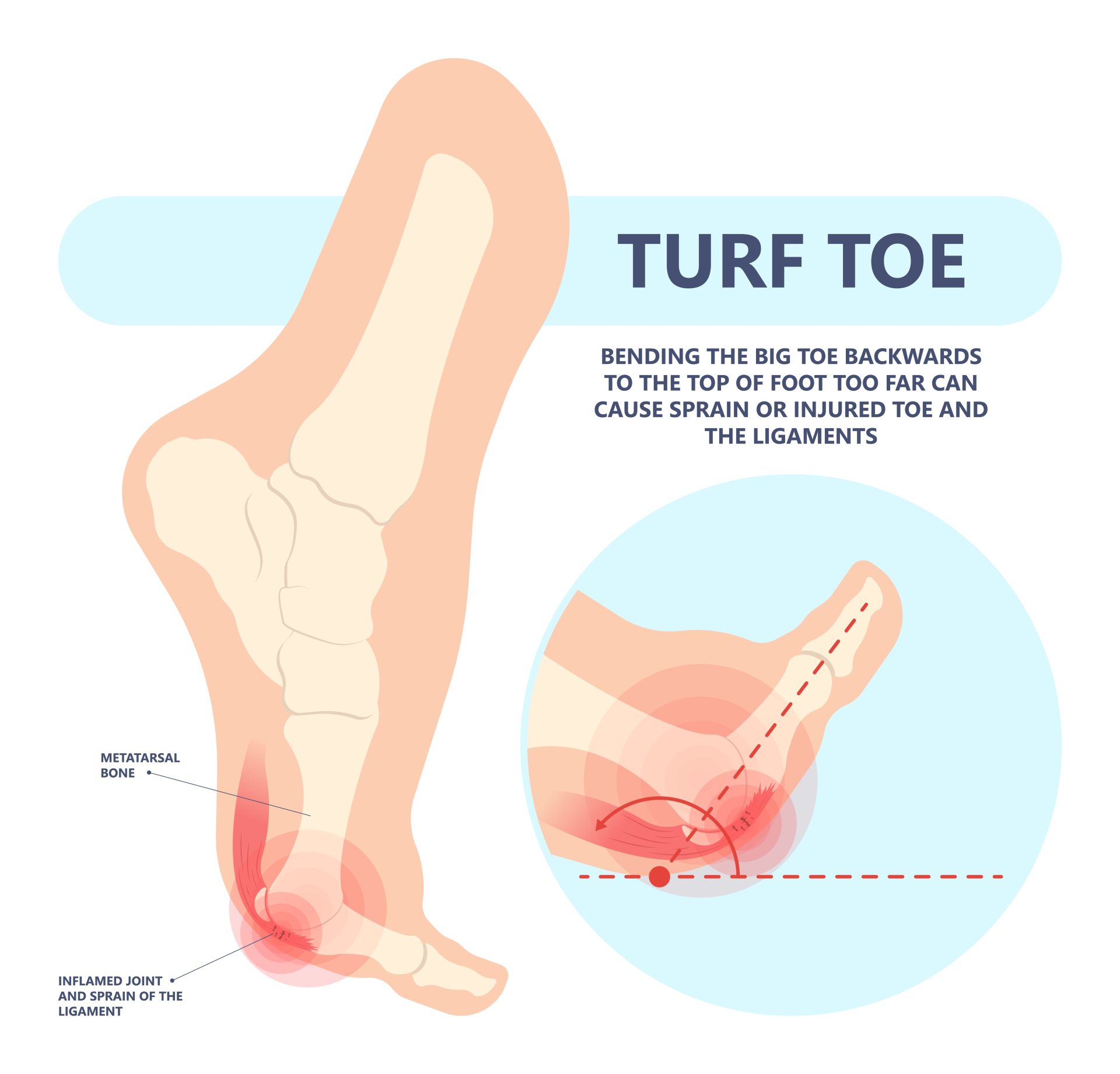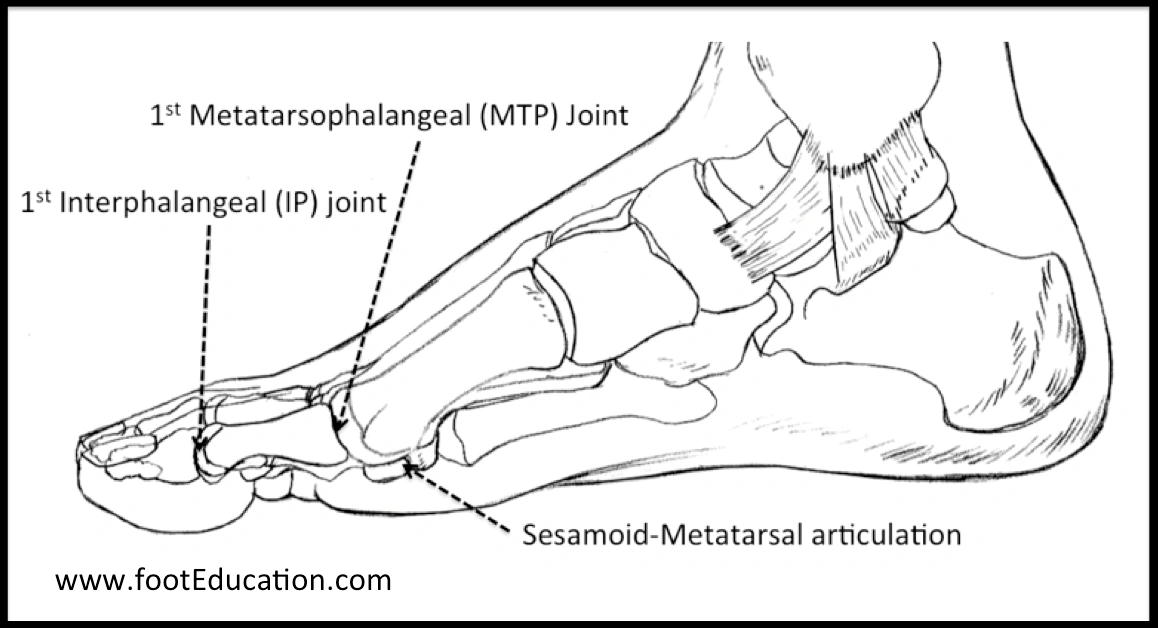
Let’s Talk Toes
Quick question: when was the last time you actually thought about your big toe? Like, truly appreciated it? For most of us, it’s…well, never. But spend a day limping because you jammed it on the corner of your bed, and suddenly that toe demands all your attention. Yep, been there—hopping around at 6 am, cursing gravity, and bargaining with the universe for the pain to just go away. That big toe drama? It’s more legit than you’d think, especially once you dive into the wild world of foot health and the curious-sounding big toe medical term.
I’m talking about “hallux.” Sounds fancy, right? Trust me, though, it’s the real deal—the kind of term your podiatrist casually drops while you’re sitting there in a paper gown, hoping your heel isn’t making a weird squeak on the exam table.
Let’s get real about the hallux: what it does, why it’s often the first to protest, and how giving it a little attention could change your whole relationship with shoes (and maybe even your morning mood).
The Hallux—Not Just Any Toe
What’s in a Name (and a Foot)?
The big toe medical term is hallux (pronounced “HAL-uks”, which sounds kind of like a spell, honestly) according to foot doctors. Why such a grand title for one measly digit? Well, it’s not just about sounding smart at dinner parties…
Your hallux does more than anchor your flip-flop. It’s made of just two bones (the “proximal” and “distal” phalanges) and connects at the medical term for big toe joint, called the first metatarsophalangeal—or MTP—joint. The hallux is like the quarterback of your foot team: when it’s out, you’re hobbling and nothing works smoothly.
Real talk: That little area is peak action central for balancing, walking, sprinting, and even Pilates. Stubbing it is bad, but try pushing off for a run with hallux pain? It’s like a car with one flat tire—sure, maybe it moves, but it drags and you can feel every bump.
How the Hallux Stacks Up (Literally)
| Digit | No. of Bones | Main Job | Fun Fact |
|---|---|---|---|
| Hallux (Big Toe) | 2 | Push-off, Balance | Bears up to 40% of push-off force |
| Other toes | 3 each | Stabilizing, Steady gait | More bones, less work! |
When the Hallux Acts Up
Big Toe Mishaps, Sports or Not
Ever heard of “turf toe”? Sounds like a joke, but it’s serious stuff. The hallux bends waaaaay too far back (usually during some heroic lunge or a clumsy gym mishap) and boom—sprain city. The pain? Enough to give you a new respect for your big toe medical term.
I once rolled mine during a “quick” soccer match. (It was not quick. It was mostly me, on the sidelines in disbelief, Googling “medical term for big toe joint pain sports injuries.”) Turns out, if you ignore the pain and try to “tough it out,” things only get worse. Suddenly, every step on the stairs or walk to the fridge is a mini obstacle course.
Classic Turf Toe Moves
- Sprinting across artificial turf (duh, hence the name)
- Pulling off an epic leap—only to land wrong
- …or, ya know, tripping over a rogue Lego in your living room. (Don’t ask.)
With turf toe, the joint—yes, that medical term for big toe joint again—gets sprained. Mild cases heal with some TLC, but ignore swelling or limit how much you’re walking, and suddenly you might need a whole boot. For serious cases, even an x-ray to rule out a broken bone is worth it (yep, that advice comes from someone who limped for three weeks because “it’s probably just bruised”…mistake).
Stiffness Setting In? Say Hello to Hallux Limitus
Okay, here’s a term that sounds like an extreme Harry Potter spell, but when your big toe is “stuck,” you feel every syllable: hallux limitus. It means the big toe (your proud hallux) can’t move much at the medical term for big toe joint.
This starts off as a sort of “huh, that’s weird” moment when you’re walking for a while and your toe just doesn’t move how it used to—maybe it feels stuck or sore when you do lunges or even climb stairs. Give it a few years and it can progress to “hallux rigidus”—basically, your joint officially retires from bending. Sometimes it’s caused by a funky bone alignment, arthritis, or years of tight shoes. Sometimes, you’re just unlucky in the toe lottery (thanks, genetics).
Early Signs & Real-Life Oops
- Joint feels a bit stiff or sore, usually after long walks.
- You start avoiding bending your toe—hobbling like you misplaced your favorite sock.
- Calluses pop up on the bottom of the toe, because your walk gets all wonky.
Funny story—my aunt thought she was “just getting old.” Nope. She changed her shoes, got some basic stretches, and her toe pain eased up. Don’t wait too long on this stuff… the earlier you get some advice (and maybe a solid insole), the better.
Those Famous Bumps: Bunions and the Hallux
Hallux Valgus—It’s Not the Shoes (Always)
Alright, let’s get controversial: bunions. You know, the bony bump at the base of the big toe that everyone blames on heels? Turns out, shoes can make it worse, but genetics is often the real culprit. When your hallux angles over towards its neighbor, you’ve got hallux valgus on your hands… er, feet. The big toe medical term comes back into play in a big way here according to the Cleveland Clinic.
Symptoms? It’s not always what you expect. Sometimes it’s a slowly swelling lump you barely notice (until your favorite sneakers scream in protest). Eventually, you get redness, pain, and maybe even your big toe overlapping the next one—totally unfair, right?
Living (Happily) with Bunions
- Mild? Pads, wider shoes, “bunion cushions,” and a bit of strategic stretching.
- Severe? Occasionally surgery—had a hiking buddy who swears it was life-changing.
- Key lesson: Don’t ignore the pain, or you might end up with a joint that barely moves (remember “hallux rigidus”? Not a party starter).
And if you’re wondering, yes, bunions can be managed! Sometimes, it’s just about soft socks and sneakers with enough room to wiggle your toes. Imagine how much happier your feet would be not squished into those “cute but evil” shoes…
Hallux Rigidus—When the Toe Just Won’t Bend
Now, let’s really talk stiff joints. If your hallux refuses to budge (we’re talking no movement at all), you’re living with hallux rigidus. That might sound like medieval Latin for “the curse of inflexibility,” but honestly…it’s worse when you’re trying to jog.
The cause? Usually arthritis. Sometimes old trauma, sometimes wear and tear. Either way, pain is usually right at the front of your foot, especially when you push off to run or climb up something. It’s like your toe wants to text you: “I’m DONE.” If you’re worried, a podiatrist can check your medical term for big toe joint with some quick moves and, if needed, x-rays.
Quick Comparison—Turf Toe Vs. Hallux Rigidus
| Condition | What’s Happening | How It Feels | Typical Fix |
|---|---|---|---|
| Turf toe | Ligament sprain, usually acute | Sudden pain, swelling, trouble pushing off | Rest, ice, (maybe) walking boot |
| Hallux rigidus | Chronic joint stiffness, arthritis | Stiffness, aching, difficulty bending toe | Supportive shoes, insoles, sometimes surgery |
If you’ve ever played a pick-up game and wound up limping for weeks, just know—you’re not alone. A friend of mine dropped a frozen turkey on their hallux (don’t ask about the Thanksgiving emergency room visit), and even months later, they still thank the doc who said, “Good thing you came in when you did!” The big toe’s nothing to mess around with.
Everyday Moves to Protect Your Hallux
Small Habits, Big Wins
This is the “good news” section. The stuff that keeps your big toe medical term in the “hero” column, not the “villain” of your week.
Some habits are so simple, they barely feel like a fix at all…but believe me, your hallux will thank you:
- Shoes that fit—honestly, steer clear of pointy torture devices.
- Stretching toes and calves… yawn, yeah, but it works. A little toe yoga, anyone?
- Ask for help early. If your joint aches, or you spot swelling, don’t wait until it feels like a medieval torture device.
- See a podiatrist—or even just try an insole—with any “I can power through” pains lasting longer than a week or two.
Take it from me: after years of ignoring random big toe twinges (and regretting that stubbornness), I keep a soft yoga strap by my bed for easy stretches. Thirty seconds every morning. No more hobbling around like I’m 90 when I’m…well, not even close!
Know When to Call the Pros
Here’s the thing—nagging joint pain, especially in your hallux, isn’t just annoying. It’s a hint from your body that something’s off. Early checks on your medical term for big toe joint can save you surgery, avoid arthritis, and keep your feet happy. (You want to be that energetic walker at 80, not the one who grumbles up every staircase, right?)
So if you’re dealing with anything weird—pain, swelling, that suspicious bump, or your toe is just “not right”—get a specialist’s eyes on it. The earlier you catch most hallux issues, the better the outcome. And let’s be honest: nothing ruins a beach holiday quite like limping through the sand.
Wrapping This Up—Take That Step
I know it’s easy to forget about your big toe…until it’s impossible to ignore. But now, you’ve got the inside scoop. Call it “hallux” if you want to impress your workout buds (or just sound mysterious at trivia night), but know that the health of this little workhorse matters way more than you used to think.
Start today. Wiggle those toes, swap the cramped shoes for something forgiving, and pay attention to weird aches or bumps. Remember: your big toe medical term is hallux, and your future self will be eternally grateful for every stretch and step you take.
Got your own toe tale or secret tip? I’d love to hear it. Drop your thoughts below—let’s walk (comfortably) through this together.


















Leave a Reply
You must be logged in to post a comment.